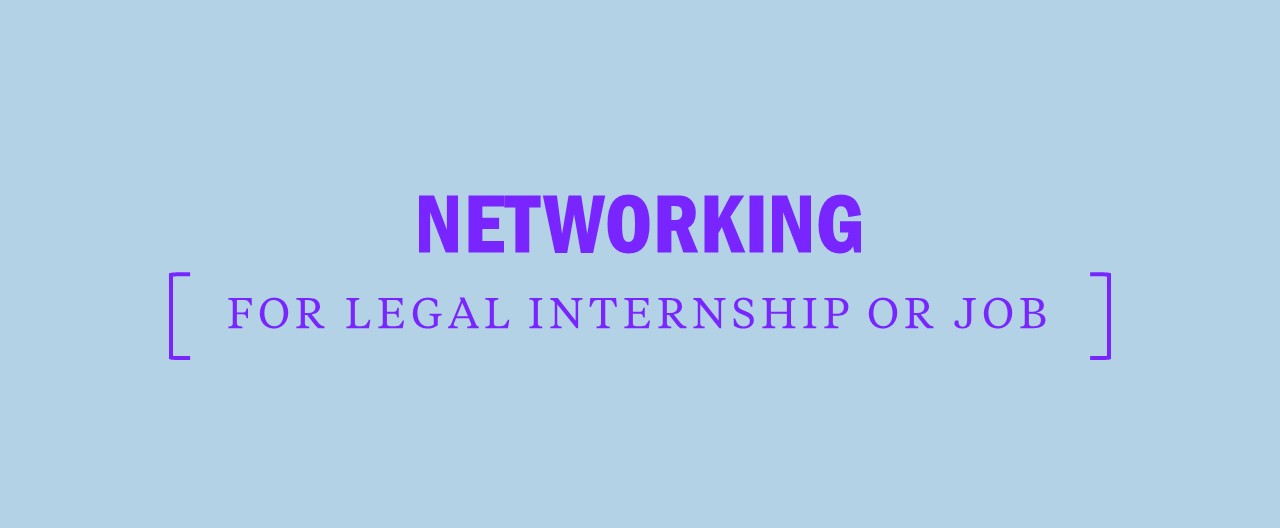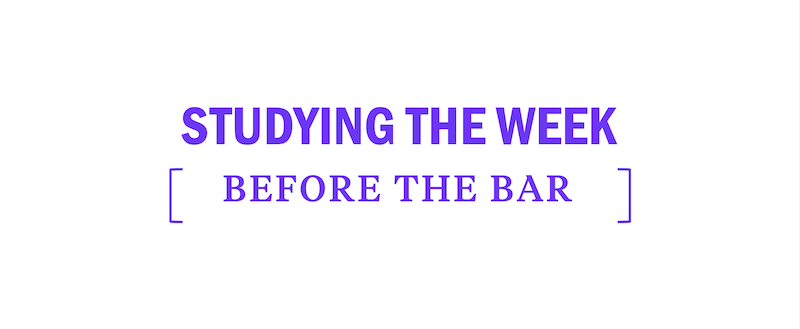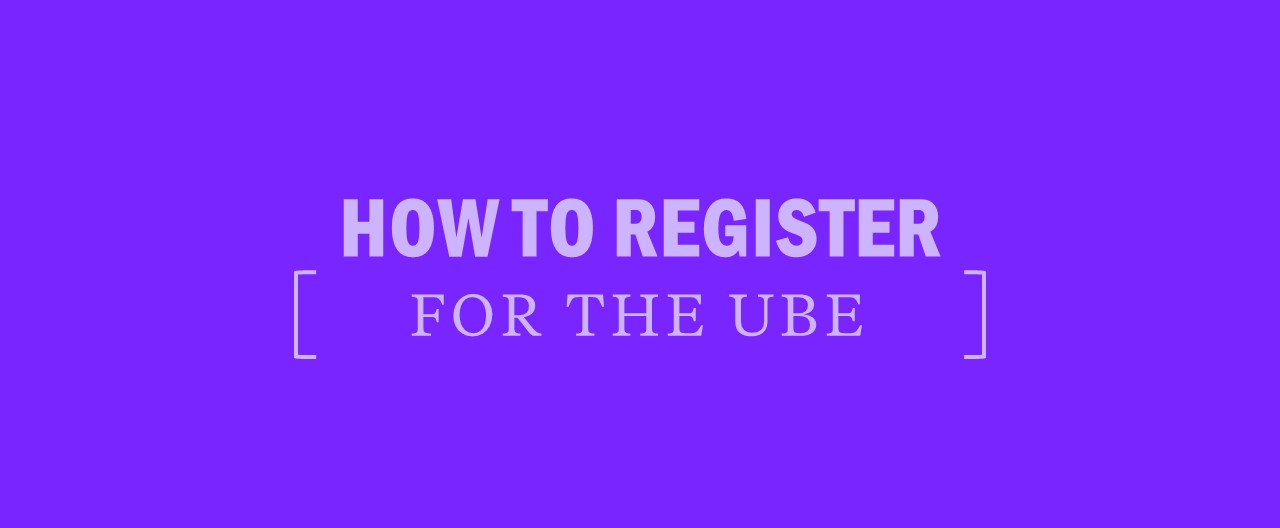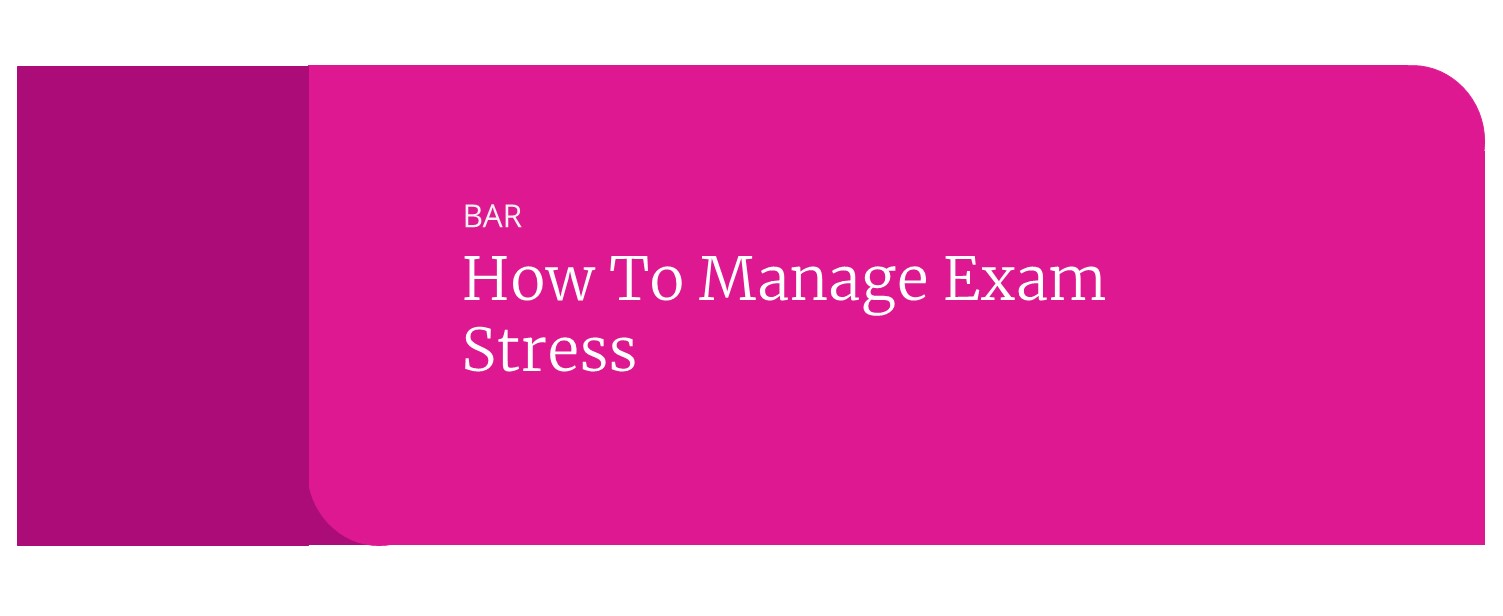Bar Exam Tips and Practice: Evidence Question
Evidence–Hearsay Question
A man files suit against a woman. A main issue in the case is whether the woman and/or her nephew were in Dotsville on January 1. The plaintiff wishes to introduce into evidence a letter dated November 29 that states: “Dear Auntie, I can’t wait to see you in Dotsville for New Year’s Eve. It has been too long since we’ve seen each other. Love, Nephew.” This letter has been properly authenticated.
Is the letter offered by plaintiff admissible into evidence?
(A) No, because it is hearsay not within any exception.
(B) No, as irrelevant, because the plaintiff did not introduce evidence that the woman or her nephew actually went to Dotsville on January 1.
(C) Yes, as a statement by an opposing party.
(D) Yes, as a statement of intent as to the nephew, but not to his aunt.
Take a minute to work this practice problem. Then, before checking your answer, we’ll address a question many people may wonder during bar exam prep: should I use the released questions to prep?
Should you use released questions for bar prep?
Certainly we can all agree that the best way to prepare for the MBE is to do lots of MBE practice questions. To that end, one would initially think that using released NCBE questions would be ideal. That is until you read the warning label on those released questions themselves.
“Retired questions drawn from MBEs administered many years ago are made available on this page, but examinees are advised not to use these questions as substantive preparation for the MBE. Due to changes in the law since the time the questions appeared on an exam, the questions and their keys may no longer be current. The question format may also be outdated. Because these questions are outdated, NCBE does not recommend their use but nevertheless makes them available because the questions may still be in use by commercial bar review courses under a licensing agreement with NCBE.”
Also challenging would be knowing why that question was released. What makes it not test-like? Why is the NCBE’s advice specifically NOT to use it? Figuring out exactly what was wrong is more difficult than constructing a new question.
While a bar preparation company could spring up overnight with a wholesale purchase of these questions, it would leave students with a noticeable disadvantage as the NCBE points out; these questions may have issues. Additionally, who can be certain that the NCBE will continue to release questions? Being beholden to a test-maker in such fashion creates the possibility of a severe content drought.
The main reason that Kaplan creates its own questions is simple. For three decades Kaplan has followed the exam’s changes. Soliciting student feedback, reviewing released exams and questions, and having question writers actually sit for the exam, has provided Kaplan with its backbone of MBE preparation and content creation.
Moreover, Kaplan’s process of question writing mirrors that of the NCBE. A question is written, then a legal team evaluates that question checking it for legal accuracy, ensuring it’s grammatically correct, and reviewing whether the wrong answers are sufficiently viable as distractor choices. It’s then incubated in one of Kaplan’s giant Quizbank containers where real time analysis is measured by having thousands of users attempt the question. With this real-time feedback, Kaplan can rate a question’s performance, and alter it where necessary to produce an intended result. Once the testing is complete, the question can then be used in a simulated exam or an in-class exercise assuring continued accuracy that even the most strict of psychometricians would delight in. This process has allowed Kaplan to take pride in being labeled “most test-like” again and again.
The correct answer is: (D) Yes, as a statement of intent as to the nephew, but not to his aunt.
Pursuant to Federal Rule of Evidence 803(3), a declarant’s statement regarding his state of mind or intention is admissible to show the conduct of the declarant (but not the conduct of others) in conformity with the expressed intention. Therefore, here, the nephew’s letter is admissible to prove that he (the declarant) was in Dotsville on January 1, but not to prove that his aunt was in Dotsville on that date. As such, the trial court would issue a limiting instruction to restrict the jury’s use of the evidence against the aunt.
(A) Incorrect. No, because it is hearsay not within any exception.
Pursuant to Federal Rule of Evidence 803(3), a declarant’s statement regarding his state of mind or intention is admissible to show the conduct of the declarant (but not the conduct of others) in conformity with the expressed intention. Therefore, here, the nephew’s letter is admissible to prove that the nephew (the declarant) was in Dotsville on January 1. The statement will not be excluded on hearsay grounds.
(B) Incorrect. No, as irrelevant, because the plaintiff did not introduce evidence that the woman or her nephew actually went to Dotsville on January 1.
The jury may infer from the nephew’s letter that he acted in conformity with his expressed intent to go to Dotsville on January 1. Thus, the letter written by the nephew is relevant circumstantial evidence.
(C) Incorrect. Yes, as a statement by an opposing party.
A statement by an opposing party is a party’s own statement offered against him at trial. Here, the letter in question was written by the nephew, not the aunt. As the nephew is not a party to the action, his letter does not constitute a statement by an opposing party.





